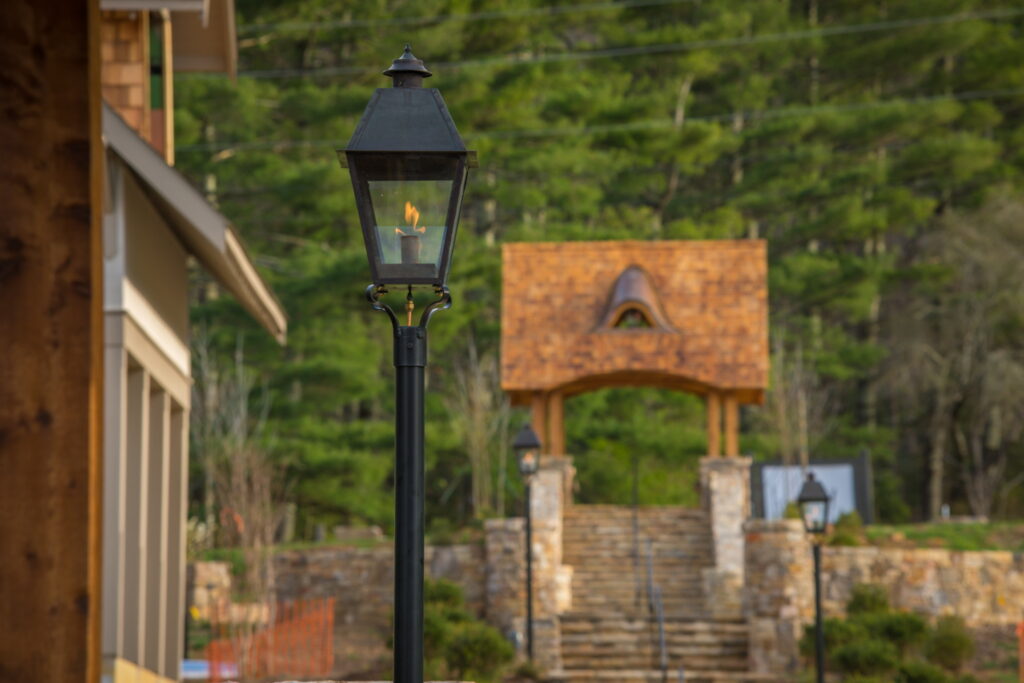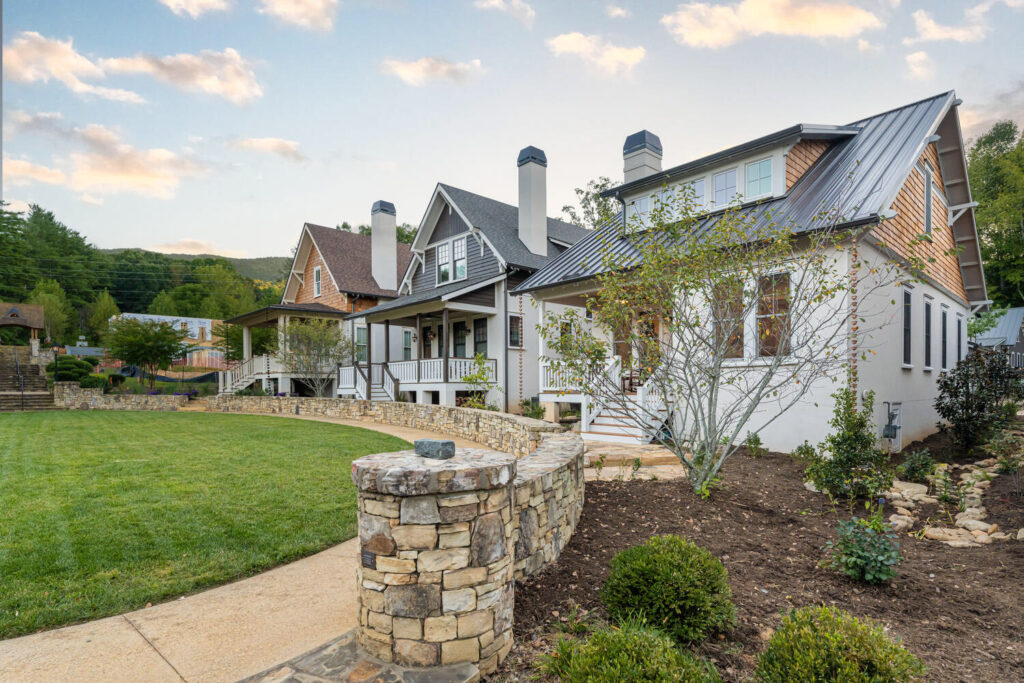In 2025, developers are facing a growing demand for something more than just subdivisions — people are searching for places where daily life feels easier, more connected, and more meaningful. That’s where the concept of the 15-minute neighborhood comes in.
The idea of the “15-minute city” was first articulated in 2016 by Carlos Moreno, professor at the Sorbonne University in Paris. His vision was simple but powerful: residents should be able to access most of their daily needs — work, school, groceries, recreation, healthcare, gathering spaces — within a short walk or bike ride from home.
The concept gained momentum globally during the COVID-19 pandemic, when cities like Paris, Milan, and Portland began rethinking how urban design could make daily life more resilient. But while the phrase may be new to many, the principles behind it are not. Movements like New Urbanism and Traditional Neighborhood Design (TND) have long promoted these same values — and they’ve been central to the work of Allison Ramsey Architects for more than 25 years.
The beauty of the 15-minute neighborhood is that it reduces dependence on cars, fosters stronger community ties, and encourages healthier, more sustainable lifestyles. For developers, it’s also a strategic advantage: municipalities across the country are updating zoning and development regulations to encourage walkability, mixed-use, and density. Neighborhoods that meet these criteria are not only more likely to gain approval, but also more likely to maintain long-term value.
Traditional Neighborhood Design (TND) often incorporates architectural styles that have stood the test of time. By prioritizing classic, traditional designs, the communities we work in often have a timeless appeal that is not subject to the whims of current design trends. This can lead to greater longevity and sustainability for a neighborhood or development.
One of the key benefits of TND that we prioritize in our own approach is walkability and accessibility. Rather than prioritizing the automobile and creating sprawling, disconnected communities, we design pedestrian- and family-friendly neighborhoods that encourage people to walk and bike. This reduces traffic congestion and pollution while promoting a healthier lifestyle for residents.
With these roots in traditional neighborhood design, our firm is dedicated to creating livable, functional spaces that carefully consider the needs and desires of the people who will actually use them. By designing neighborhoods with smaller blocks, narrower streets, and mixed-use buildings, we help build a greater sense of community — principles that align perfectly with the goals of the 15-minute neighborhood.
At Allison Ramsey Architects, our neighborhood work blends the timeless principles of TND with the modern demands of the 15-minute neighborhood concept:
A strong example of this approach is the Village of Cheshire, a multi-sectioned neighborhood near Asheville, North Carolina. This development was a collaboration of many contributors, and we were proud to provide architectural services including vision and master planning, home and civic designs, conceptual renderings, and charrette services.

Our involvement extended across several neighborhoods within the development, including The Village, Crescent on the Green, and The Alpines. These areas combined a variety of uses and housing types: cottage courts, townhouses, live/work buildings, a village store, a sales center, parking areas, walking trails, and a mix of multi-family and single-family home designs.

By blending housing, retail, civic, and recreational amenities into a walkable framework, Village of Cheshire reflects many of the values behind the 15-minute neighborhood. It proves that when design carefully balances vision, variety, and community needs, a development can thrive as a vibrant, enduring place to live.
Whether it’s a home, a workplace, or a neighborhood, good design can enhance daily life and bring people closer together. As architects, we believe we have a responsibility to design spaces that are environmentally responsible, adaptable, and rooted in principles that last.
For developers, embracing the 15-minute neighborhood concept is more than just a trend — it’s a proven path toward building sustainable, desirable communities. By combining the timeless lessons of Traditional Neighborhood Design with today’s demands for walkability, accessibility, and resilience, you’re not just developing property. You’re creating places people will love for generations.
Ready to create something amazing? Reach out.